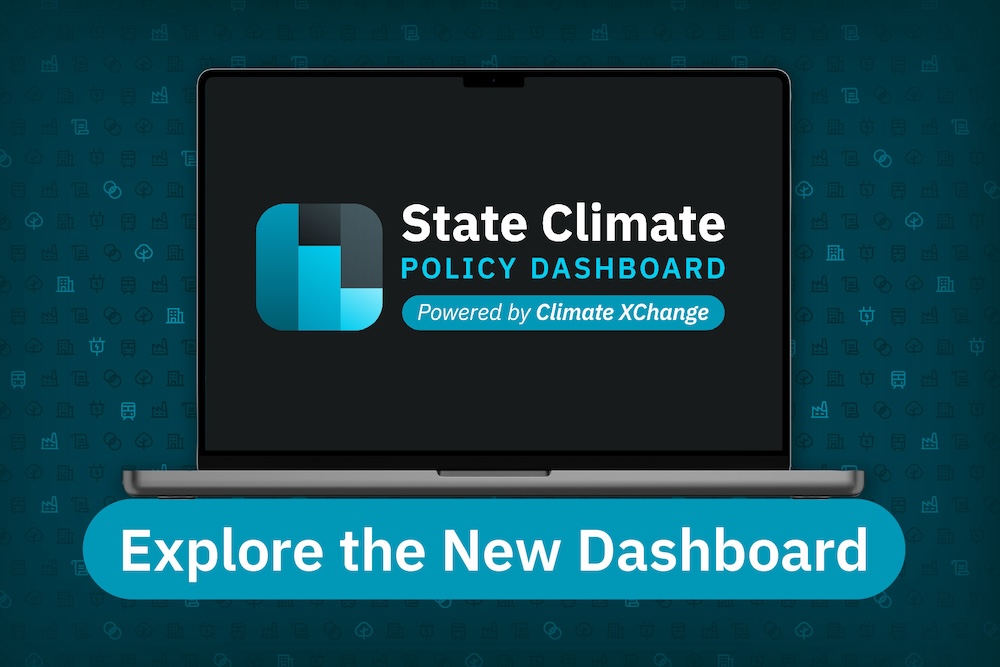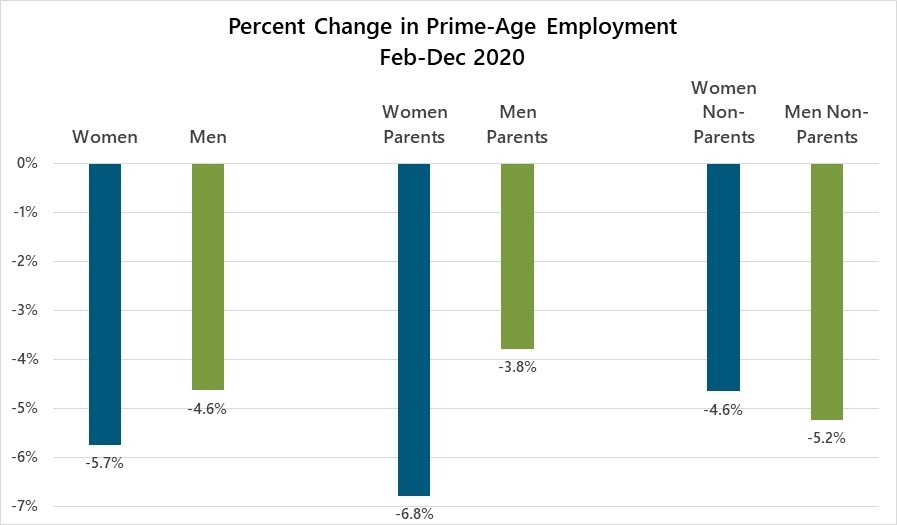
Spain’s Commitment to Sustainable Development Goals Amid Global Challenges
Introduction
In a period marked by economic crises and declining development aid across much of Europe, Spain stands out as a notable exception. While many countries are reducing their development budgets and embracing populist anti-aid narratives, Spain is increasing its financial support for the Global South and has enshrined ambitious Sustainable Development Goals (SDGs) targets for 2030 into law.
Spain’s Leadership in Multilateralism and Development Aid
At a time when global multilateralism is retreating, Spain is set to host a landmark UN summit in Seville, the first of its kind in the Global North. This summit will gather dozens of heads of government, state officials, and representatives from multilateral organizations to discuss financing development in a post-aid world challenged by military spending and unpayable debt, especially in African countries. Spain’s hosting of this summit signals a strong political commitment to international cooperation and the SDGs.
Contrasting Trends in Development Assistance
- Global development assistance has decreased by 7.1% in 2024, according to OECD figures.
- The European Union cut its aid by 8.6%, with projections indicating potentially the largest aid cut in history in 2025.
- In contrast, Spain increased its foreign aid by 12% in 2024 and is committed to reaching the target of allocating 0.7% of its GDP to development aid by 2030.
Spain’s Current Aid Contributions and Challenges
- Currently, Spain’s development aid accounts for 0.25% of GDP, below the OECD average of 0.33%.
- This indicates significant progress is still required to meet the 0.7% GDP target by 2030.
- A portion of Spain’s aid is allocated to hosting refugees domestically, reflecting solidarity in line with SDG 10 (Reduced Inequalities) and SDG 16 (Peace, Justice and Strong Institutions).
- Despite these challenges, Spain’s political and public support for aid remains strong, reinforcing its commitment to the SDGs.
Historical and Cultural Foundations of Spain’s Aid Policy
Spain’s dedication to international cooperation is deeply rooted in its national identity and historical experience of underdevelopment. Similar to countries like Ireland and South Korea, Spain’s transition from poverty to prosperity fosters empathy for global hardship, aligning with SDG 1 (No Poverty) and SDG 17 (Partnerships for the Goals).
- European cohesion funds historically supported Spain’s development, fostering gratitude and trust in multilateralism.
- Solidarity transcends political divisions, with broad parliamentary support for the 2023 Cooperation Law, except from the far-right Vox party.
- Spain was the world’s largest private donor to the UN Refugee Agency (UNHCR) in absolute terms last year, highlighting public engagement with SDG 10 and SDG 16.
Political and Social Dynamics Supporting Aid
- Traditional conservative and Catholic communities in Spain emphasize solidarity and social justice as core values, reinforcing support for development aid.
- Spain’s far-right influence remains limited compared to other European countries, maintaining a relatively stable pro-aid political environment.
- Spain’s economic growth, projected at 2.6% compared to 0.9% for the eurozone, provides a pragmatic basis for sustaining aid commitments.
Spain’s Progressive Agenda and Global Role
Spain integrates development cooperation with broader progressive policies including feminism, climate action, migrant rights, and diversity, positioning itself as a bridge between the Global South and North. This approach supports multiple SDGs such as:
- SDG 5: Gender Equality
- SDG 13: Climate Action
- SDG 10: Reduced Inequalities
- SDG 16: Peace, Justice and Strong Institutions
Spain’s outspoken support for Palestinians in Gaza further underscores its commitment to international solidarity and human rights.
Emerging Challenges and Future Outlook
- Growing social polarization and political instability in Spain threaten the cohesion that has traditionally supported aid policies.
- Regional governments influenced by right-wing parties have begun advocating for budget cuts in aid.
- Political scandals and potential early elections may shift Spain’s approach to international cooperation.
- Observers caution that Spain’s social solidarity, while deeply rooted, is not immune to rapid political changes seen elsewhere, such as the United States.
Conclusion
Spain’s current trajectory demonstrates a strong commitment to the Sustainable Development Goals through increased development aid, multilateral engagement, and progressive domestic policies. However, maintaining this path requires vigilance against internal political shifts and social fragmentation. Spain’s experience offers valuable lessons on the importance of national consensus, historical empathy, and economic resilience in advancing the global SDG agenda.
1. Sustainable Development Goals (SDGs) Addressed or Connected
- SDG 1: No Poverty – The article discusses Spain’s increased financial support for the global south, which often includes poverty reduction efforts.
- SDG 10: Reduced Inequalities – References to growing inequality and Spain’s commitment to social solidarity and development cooperation highlight this goal.
- SDG 16: Peace, Justice and Strong Institutions – The emphasis on multilateralism, international cooperation, and political stability relates to this goal.
- SDG 17: Partnerships for the Goals – Spain’s hosting of a UN summit on financing development and its promotion of multilateralism directly connect to SDG 17.
- SDG 5: Gender Equality – The article mentions Spain’s championing of feminism as part of its progressive stand.
- SDG 13: Climate Action – Spain’s commitment to climate action is noted in the article.
- SDG 3: Good Health and Well-being – Indirectly implied through support for refugees and humanitarian aid.
2. Specific Targets Under Those SDGs Identified
- SDG 1 – Target 1.1: Eradicate extreme poverty for all people everywhere. Spain’s increased aid supports poverty alleviation in the global south.
- SDG 10 – Target 10.b: Encourage development assistance and financial flows to regions where the need is greatest. Spain’s commitment to increasing Official Development Assistance (ODA) to 0.7% of GDP by 2030 aligns with this target.
- SDG 16 – Target 16.7: Ensure responsive, inclusive, participatory and representative decision-making at all levels. Spain’s promotion of multilateralism and hosting of the UN summit supports this.
- SDG 17 – Target 17.2: Developed countries to implement fully their official development assistance commitments. Spain’s pledge to increase ODA to 0.7% of GDP by 2030 is a direct reference.
- SDG 5 – Target 5.5: Ensure women’s full and effective participation and equal opportunities. Spain’s championing of feminism is aligned with this target.
- SDG 13 – Target 13.2: Integrate climate change measures into national policies, strategies and planning. Spain’s climate action commitment reflects this.
- SDG 3 – Target 3.8: Achieve universal health coverage, including access to quality essential health-care services. Support for refugees and humanitarian aid implies progress toward this target.
3. Indicators Mentioned or Implied to Measure Progress
- Indicator 17.2.1: Net official development assistance (ODA) as a proportion of gross national income (GNI). The article cites Spain’s current ODA at 0.25% of GDP and its commitment to reach 0.7% by 2030.
- Indicator 10.b.1: Total resource flows for development, by recipient and donor countries and type of flow. Spain’s increased aid volume and comparison with OECD averages relate to this indicator.
- Indicator 16.7.1: Proportion of population who believe decision-making is inclusive and responsive. Spain’s hosting of a UN summit and promotion of multilateralism imply efforts toward this indicator.
- Indicator 5.5.2: Proportion of women in managerial positions. Spain’s emphasis on feminism and gender equality policies are relevant.
- Indicator 13.2.1: Number of countries with national and local disaster risk reduction strategies. Spain’s climate action commitment suggests alignment.
- Indicator 3.8.1: Coverage of essential health services. Spain’s support for refugees and humanitarian aid implies progress here.
4. Table: SDGs, Targets and Indicators
| SDGs | Targets | Indicators |
|---|---|---|
| SDG 1: No Poverty | 1.1 Eradicate extreme poverty for all people everywhere | Implied through increased aid supporting poverty reduction |
| SDG 10: Reduced Inequalities | 10.b Encourage development assistance and financial flows to regions where the need is greatest | 10.b.1 Total resource flows for development by donor and recipient countries |
| SDG 16: Peace, Justice and Strong Institutions | 16.7 Ensure inclusive, participatory decision-making at all levels | 16.7.1 Proportion of population who believe decision-making is inclusive and responsive |
| SDG 17: Partnerships for the Goals | 17.2 Implement official development assistance commitments | 17.2.1 Net official development assistance as proportion of GNI |
| SDG 5: Gender Equality | 5.5 Ensure women’s full participation and equal opportunities | 5.5.2 Proportion of women in managerial positions |
| SDG 13: Climate Action | 13.2 Integrate climate change measures into policies and planning | 13.2.1 Number of countries with disaster risk reduction strategies |
| SDG 3: Good Health and Well-being | 3.8 Achieve universal health coverage | 3.8.1 Coverage of essential health services |
Source: theguardian.com







